Museo de Historia de Seúl (서울역사박물관)
4.0Km 2023-08-11
Saemunan-ro 55, Jongno-gu, Seúl
El Museo de Historia de Seúl refleja en forma ordenada la historia y cultura de la capital de Corea. Aquí podrá conocer y aprender sobre Seúl e incrementar su capacidad de entendimiento acerca de ella. En este museo observará los vestigios históricos y culturales de Seúl, desde la era prehistórica a los días modernos. Muchas de las reliquias de la dinastía Joseon fueron donadas durante la Campaña de Donación de Reliquias. La cantidad de tesoros históricos que se expone aumenta día a día.
En mayo de 2002 el museo fue renovado, 17 años después de su apertura, por lo que ostenta unas instalaciones de lo más modernas. Si lleva equipaje pesado, solicite que se lo guarden en el guardarropa que se encuentra en la planta baja y diríjase al tercer piso, en donde se encuentran las salas principales de exposición. Allí podrá ver el paisaje de lo que era Seúl durante la dinastía Joseon, como así también el ambiente de la vida cotidiana de la gente de esta ciudad. También podrá observar las piezas en exposición en el museo cibernético por Internet. En el primer piso se encuentran la mayoría de las instalaciones de comodidad, la sala de cuidado de niños, una tienda comercial, una tienda de suvenires, asientos para descansar, etc.
Plaza Gwanghwamun (광화문광장)
4.0Km 2022-07-25
Sejong-daero 172, Jongno-gu, Seúl.
+82-2-120
Inaugurada el 1º de agosto del 2009, la plaza ha sido remodelada como un espacio turístico y recreativo en los alrededores de la Sejong-daero, que se sitúa en el centro de Seúl. El área tiene una historia que data de 600 años.
Durante un largo tiempo, esta calle fue exclusiva para los vehículos, pero con esta última remodelación, ofrece un ambiente especial para las personas. Desde esta plaza se podrá observar el magnífico paisaje del palacio Gyeongbokgung, el monte Bukhansan, etc., y también se ha restaurado la antigua calle Yukjo, para transmitir un ambiente histórico y cultural a los ciudadanos y turistas que la visitan.
La plaza tiene una longitud de 550 m y una anchura de 34 m, se encuentra localizada en el corazón de Seúl. Está clasificada en varios rubros históricos y culturales para el entretenimiento de los visitantes: está el sector de restauración del paisaje de la calle Yukjo, el sector que representa la historia del antiguo Gwanghwamun, el sector cultural para la participación de los ciudadanos, el sector que conecta con el arroyo Cheonggyecheon, etc. Entre las esculturas y establecimientos artísticos famosos están: la estatua del Haetae (criatura mítica coreana), representación del paisaje histórico de la calle Yukjo, la estatua del Gran Rey Sejong, pantallas acuáticas que reflejan los imágenes de la escritura coreana “Hangeul”, etc., entre otras instalaciones tecnológicas y culturales.
Las dos estatuas de grandes dimensiones que representan esta plaza son la del almirante Yi Sun-sin y el Gran Rey Sejong. En los alrededores también se han instalado un estanque y una fuente de agua. La zona que conecta con el arroyo Cheonggyecheon permite el acceso cómodo al palacio Gyeongbokgung y al arroyo. Las aguas subterráneas que brotan de las estaciones de metro de Gyeongbokgung y Gwanghwamun son emitidas hacia el arroyo Cheonggyecheon por medio de un acueducto, y, como la estación de metro está conectada con la parte posterior de la estatua del almirante Yi Sun-sin, los visitantes pueden llegar a la plaza con facilidad. Normalmente, las calles de la plaza son utilizadas para la circulación de los vehículos, pero en caso de festivos nacionales, se restringe el tráfico para disponerlo como área de festivales.
Lotte City Hotel Mapo (롯데시티호텔 마포)
4.0Km 2025-10-23
109, Mapo-daero, Mapo-gu, Seoul
Modern Nulang Central City Branch (모던눌랑 센트럴시티점)
4.0Km 2025-12-03
205, Sapyeong-daero, Seocho-gu, Seoul
SJ Kunsthalle (SJ쿤스트할레)
4.0Km 2021-12-27
Eonju-ro 148-gil 5, Gangnam-gu, Seúl.
+82-10-2014-9722
Situado en el centro de Gangnam, Seúl, SJ Kunsthalle es un lugar único basado en el movimiento sub-cultural alemán (Kunsthalle significa "Sala de Arte" en alemán). SJ Kunsthalle y sus tres plantas están hechas de 28 contenedores. La estructura del edificio cambia según el tipo de evento que se celebra. Ofrece una variedad de eventos culturales y programas con colaboraciones de artistas de todo el mundo, desde pintura, estilos de moda y diseño; también dispone de un bar y un restaurante. La sala de la primera planta muestra los trabajos de artistas jóvenes. El bar y el restaurante están abiertos de lunes a sábado de 11:00 hasta medianoche, donde puede tomar un café, bebidas, cerveza y comida alemana. Cada jueves y viernes noche, SJ Kunsthalle se convierte en una discoteca con Dj's locales; y el primer sábado de cada mes el espacio alberga un mercado.
Texas de Brazil Central City Branch (텍사스 데 브라질 센트럴시티점)
4.0Km 2025-12-03
205, Sapyeong-daero, Seocho-gu, Seoul
Nwijo (뉘조)
4.1Km 2024-11-28
27, Insadong 14-gil, Jongno-gu, Seoul
+82-2-730-9311
Nwijo (뉘조) is a Korean restaurant specializing in wild vegetable cuisine. The name ‘Nwijo’ means ‘the god of the silkworm,’ and likens wild vegetables to silkworms in that both can be eaten in their entirety. The restaurant serves original full-course Korean meals that are prepared using hundreds of kinds of wild vegetables, including special seasonal vegetables.
A typical full-course meal starts with delicious pumpkin porridge, followed by seasoned wild vegetables, root vegetable ssam (condiments wrapped in vegetable leaves), slices of boiled meat, and steamed lotus leaf-wrapped rice served with jjigae (Korean stew) and various side dishes. This kind of traditional feast is pleasing to both the eye and the palate and is topped off with sikhye (traditional sweet rice drink). Lunch specials are also available.
Calle Rodeo de Apgujeong (압구정 로데오거리)
4.1Km 2025-08-12
Apgujeong-dong, Gangnam-gu, Seúl.
La Calle Rodeo de Apgujeong es conocida como la meca de la alta moda gracias a la formación de un área cultural de alto consumo que crea tendencias de moda de liderazgo con un ambiente único, gracias a sus tiendas de marcas extranjeras con artículos de altos precios, negocios de moda hip-hop con precios bajos y tiendas de adornos. En ella, hay muchos cafés con bella decoración de interiores y numerosos restaurantes de cocina coreana, tailandesa y japonesa. Los salones de belleza se concentran uno al lado del otro en estas calles y debido a este ambiente, la zona de la ‘Rodeo Street’ atrae principalmente a los jóvenes.
Recientemente, muchas compañías cinematográficas y de teatro se han trasladado desde Chungmuro a las inmediaciones de la ‘Rodeo Street’, por lo que se está creando un nuevo espacio para el teatro y cine. Junto con la apertura del Multi-Plex Cine-City, más teatros como Cinehouse, Cineplus y Teatro de Nanta (funciones no verbales) se han mudado al área, y hoy en día es una zona cultural plenamente floreciente para la juventud. Si tiene suerte, en esta zona podrá encontrarse con estrellas del mundo del espectáculo, pues suelen visitarla con frecuencia.
Pabellón de Sinsa del Museo de Arte Horim (호림박물관 신사분관)
4.1Km 2025-08-21
Dosan-daero 317, Gangnam-gu, Seúl
Sarangchae (사랑채)
4.1Km 2025-05-14
6, Insadong 16-gil, Jongno-gu, Seoul

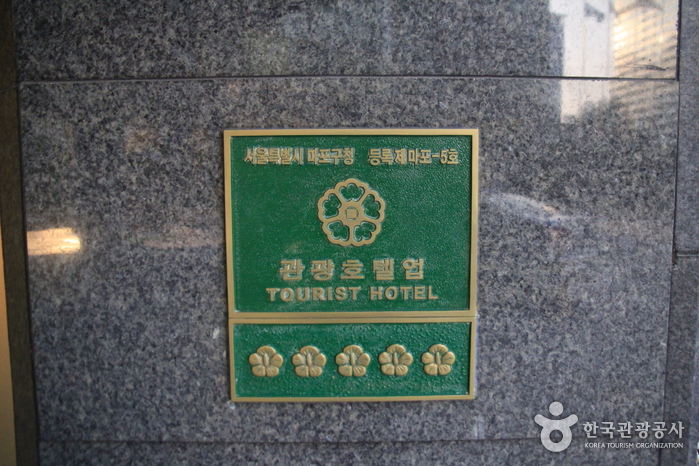
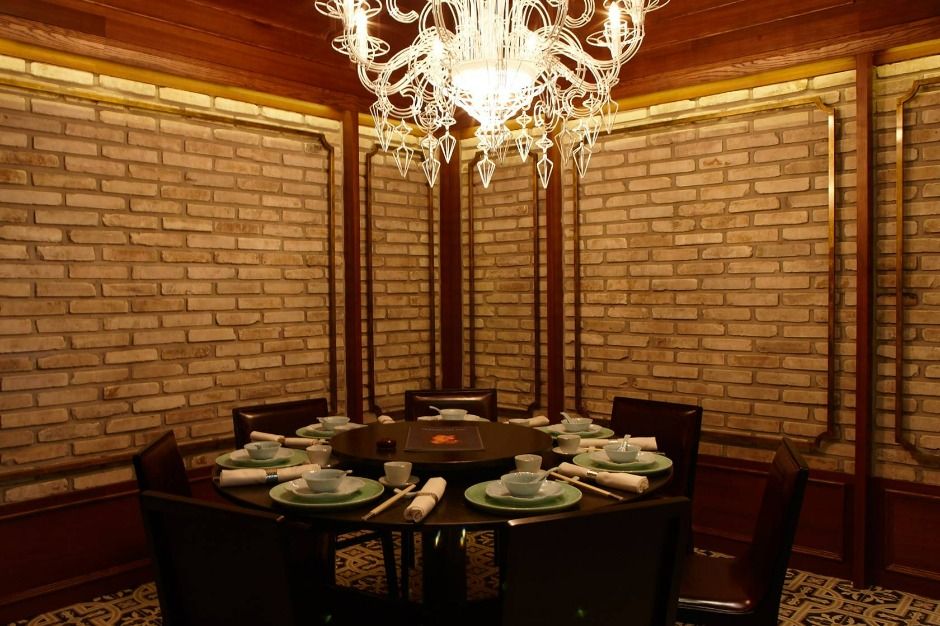
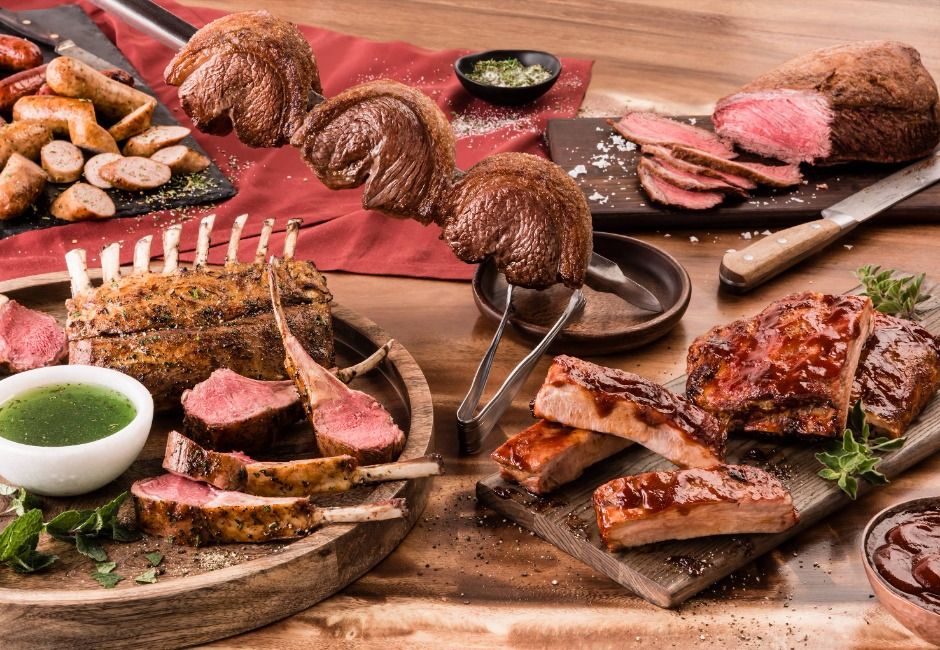
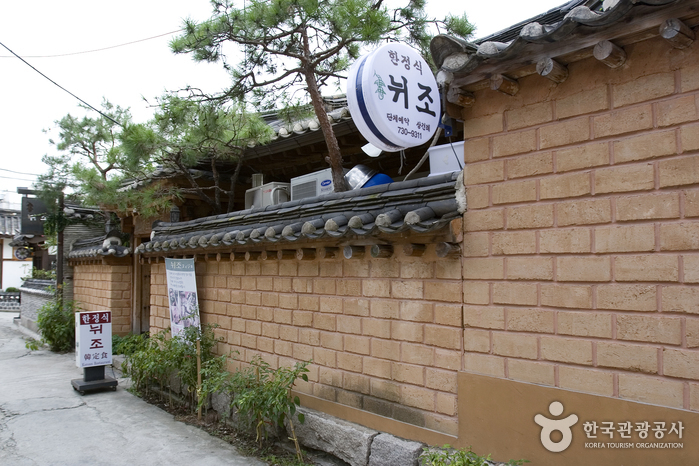
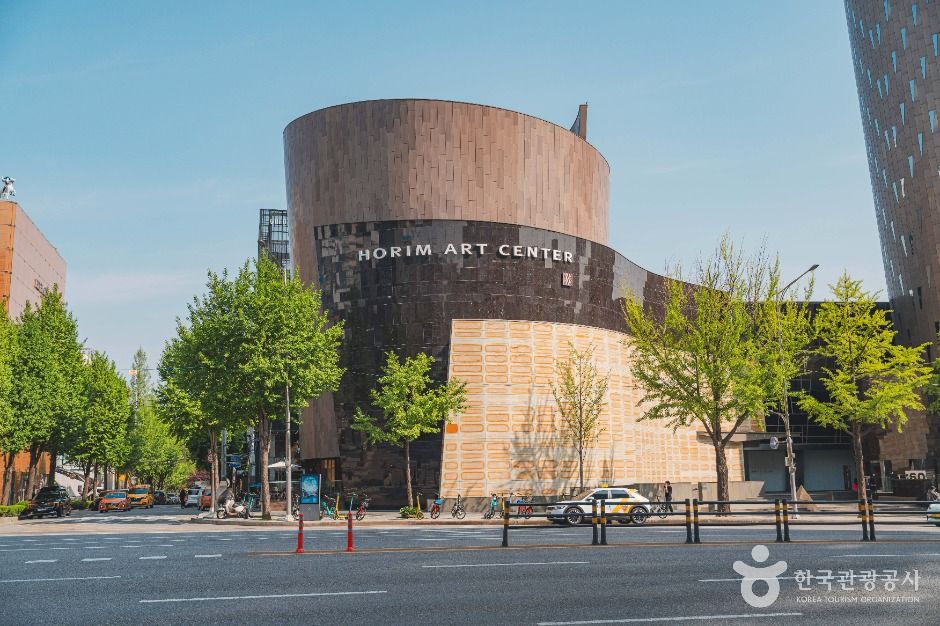
 Español
Español
 한국어
한국어 English
English 日本語
日本語 中文(简体)
中文(简体) Deutsch
Deutsch Français
Français Русский
Русский